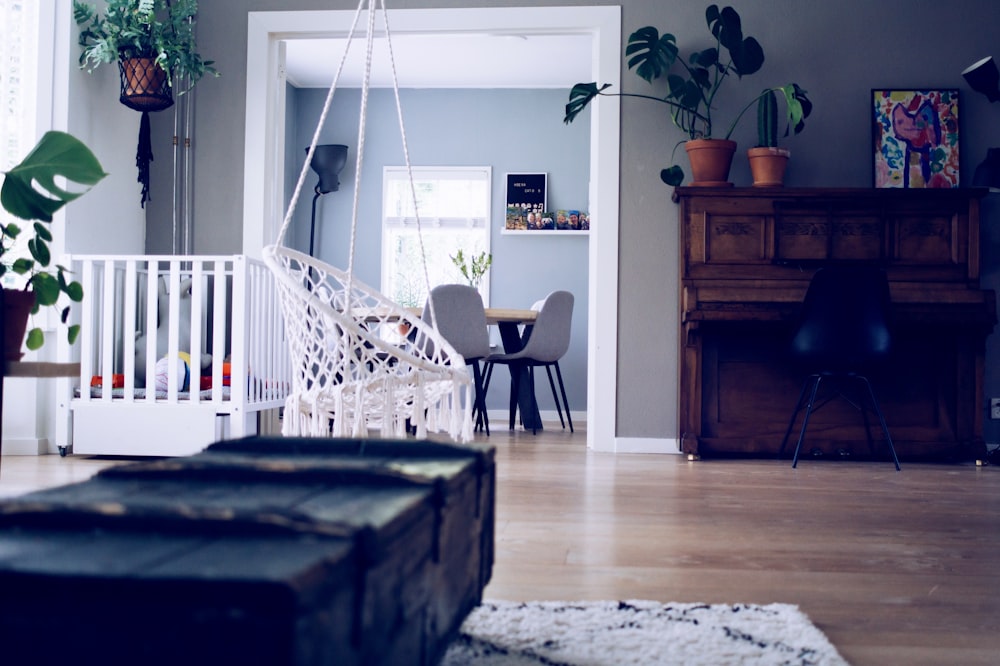Packing for an upcoming move can be one of the more stressful aspects. You’re not only packing your old life into boxes but also packing up your new world and choosing the suitable types of boxes and how to pack clothes and binders. By planning your moving process, you can roll with the punches when it comes time for the big move.
1. Start With Items You Won’t Need Right Away
Pack away items you won’t need immediately and save them for after the move. These items include passports, birth certificates, social security cards, and old W-2 forms. The last thing you want to do is misplace these important documents before moving. It can be tempting to start packing these papers with the rest of your belongings, but they should be sealed at the end of your moving process.
If there is an item, you absolutely cannot live without, plan to place that item in storage as soon as possible. These items can be packed at the top of your boxes so they’re easy to find. This will prevent friends, family, and co-workers from messing with your things as they move in and out of the house. It’s also good to keep a list of moving details, such as labels and box sizes, as you go along.
2. Allow Yourself Plenty of Time to Pack
Start packing well before you expect to move. Packing at the last minute will only increase your anxiety and stress levels. You may need more time to pack several items, such as tax documents, bills, and important files. You’ll feel more secure knowing these items are organized for your move.
You should also start packing well in advance if you plan on doing any remodeling or redecorating once you get moved into your new home. This will keep clutter from building up and leave more room for all the new belongings that must be unpacked once moving day comes.

3. Label Each Box by its Contents and Room Location
Label each box and bag by contents and room location. This will help you find the items quickly when you need to move certain things from one room to another. You can also use these labels to track the progress of your moving process. Labels can be written by hand or printed from a computer. This step is imperative for adequate packing since it allows you to track all your belongings as they move. This ensures that your boxes are apparent in the moving process and will help you unpack your items once you arrive at your new home.
4. Make an Inventory of the Items You Plan to Pack
Before you start doing any packing, sit down and make an inventory of the items that will be in your moving boxes. There’s nothing worse than going to your new home only to find out you left some important documents at your old house. Once familiar with the items that must be packed and unpacked, you can more easily plan your moving timeline. When you begin packing, inventory the items you plan to pack. This will help you track what’s being loaded and if anything important must be addressed. When things are going into boxes, be sure to place them inside in a way that will make it easy for you to unpack them.
5. Take Apart any Large Items
If you plan on taking oversized items such as decluttering, packing rooms one at a time, tables, and bed frames with you, break these down into smaller, more manageable pieces before packing them. This will make placing the items in your moving vehicle easier and get them off your hands. It also makes it easier to move through doorways. Many significant things can be taken apart to make them easier to transport. Save yourself the hassle of taking these items apart once you get them moved into your new home. Help with these items as they move in and out of the house.
Packing is never easy, but following these simple steps before your move will make the process much easier. Be sure to label all items that are being packed and take time to plan out the timeline of your moving process.











